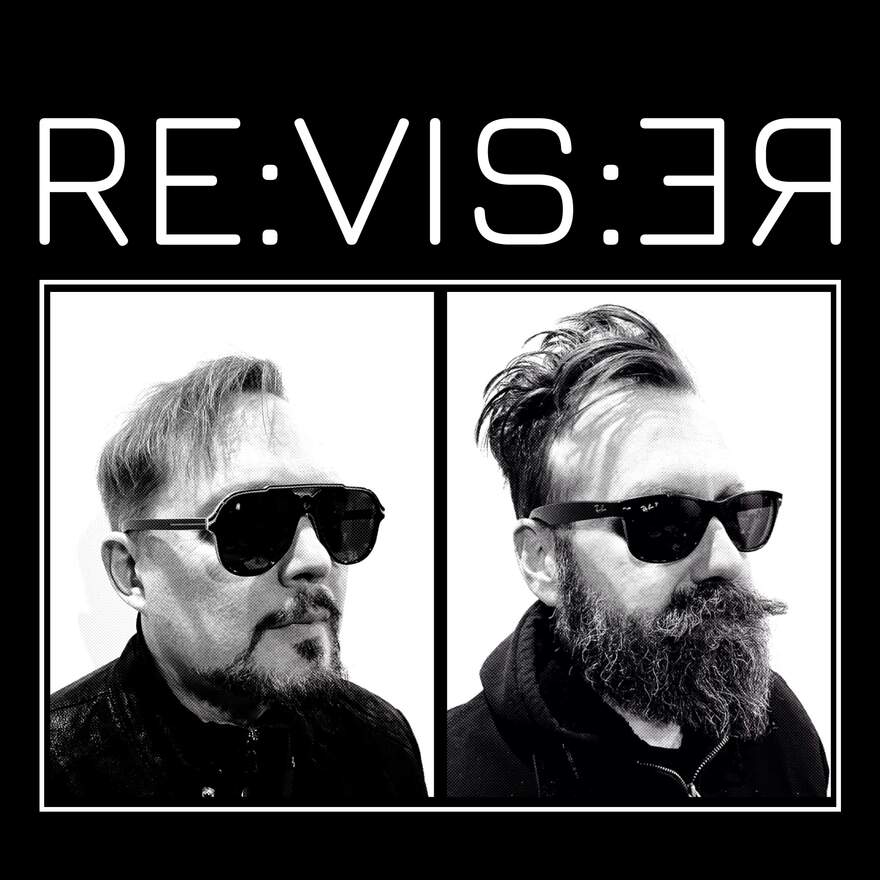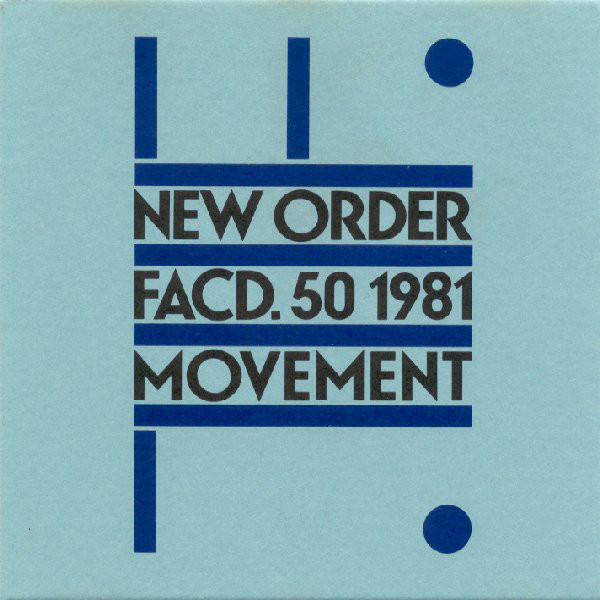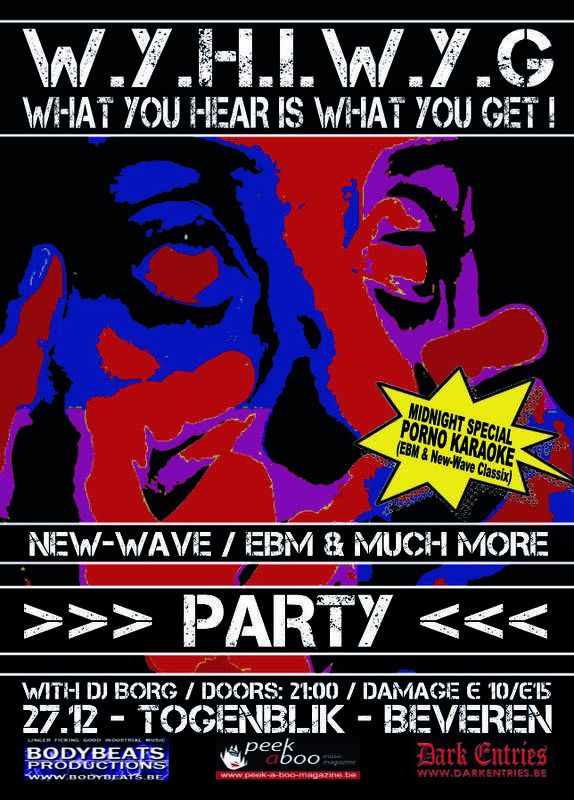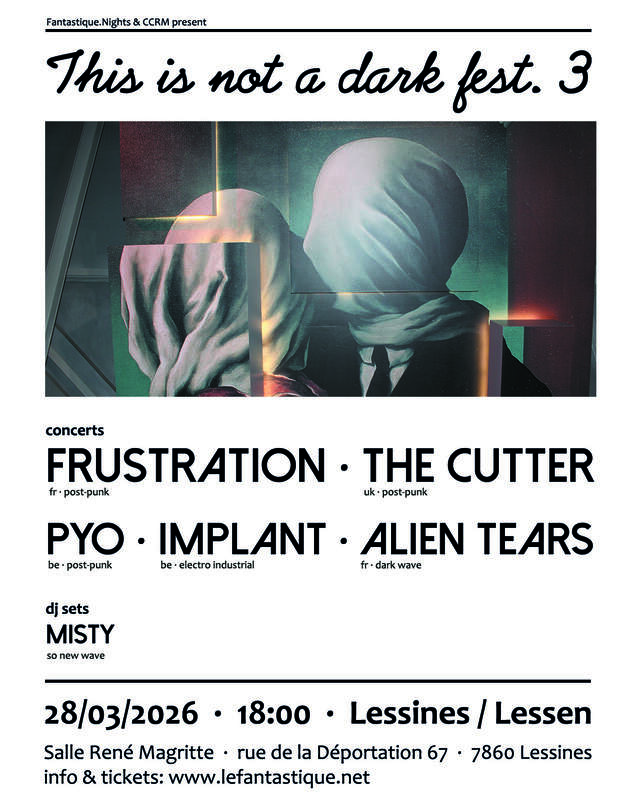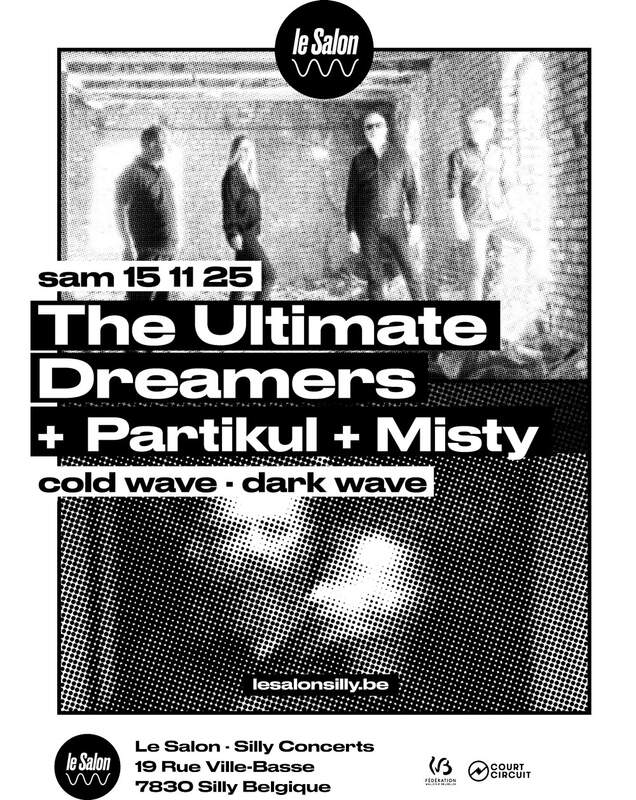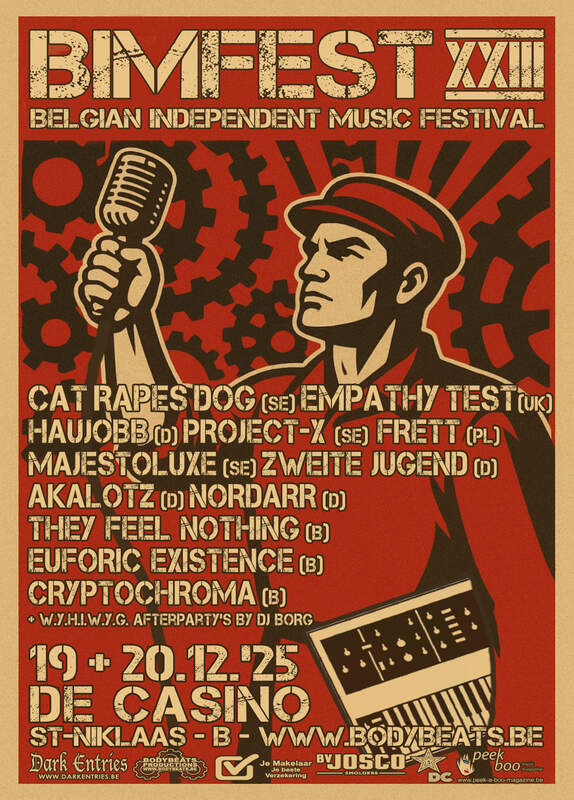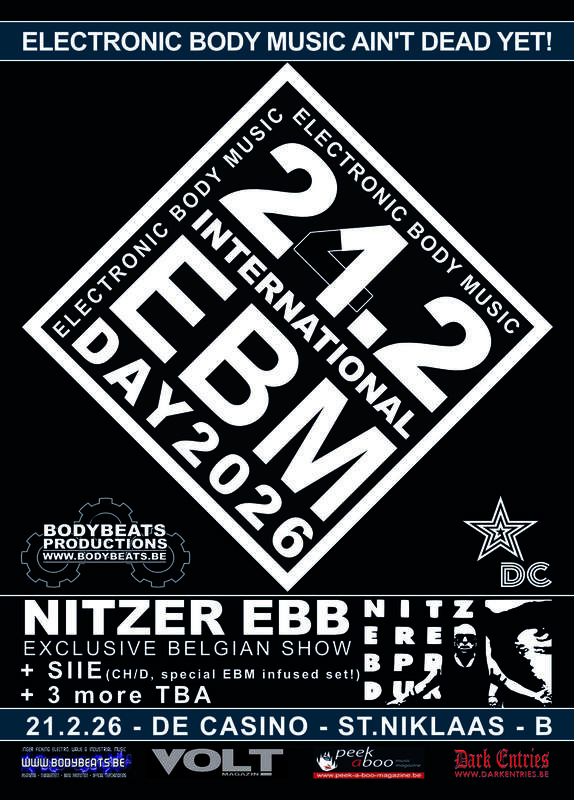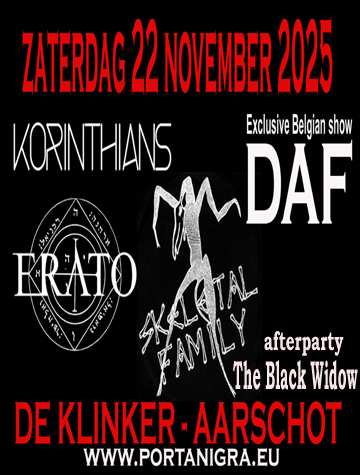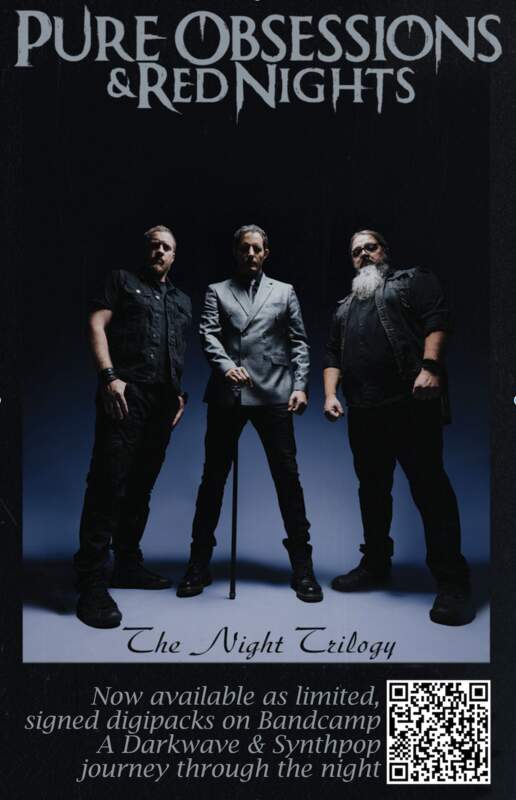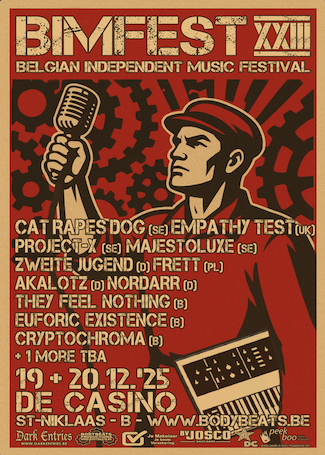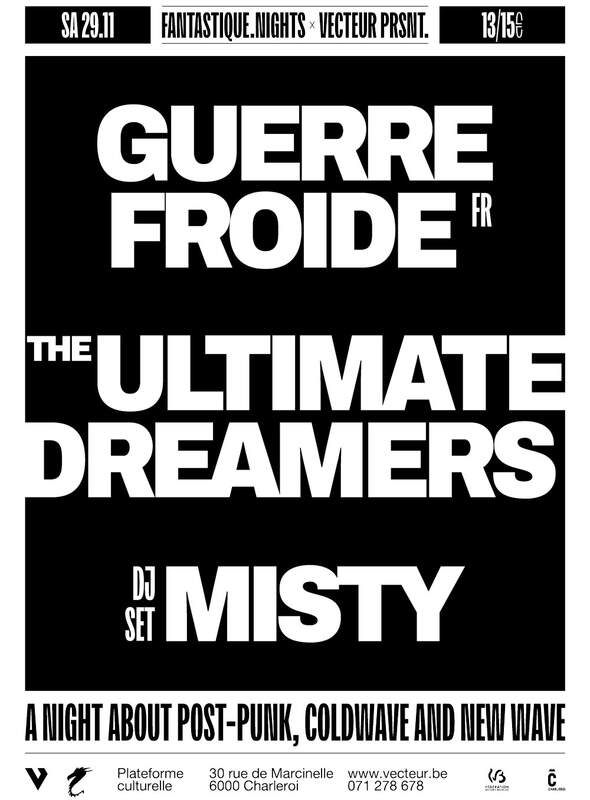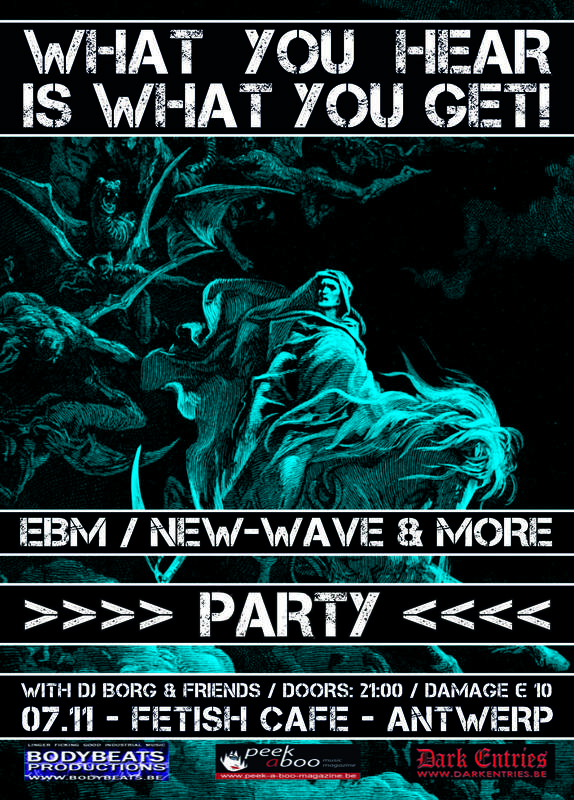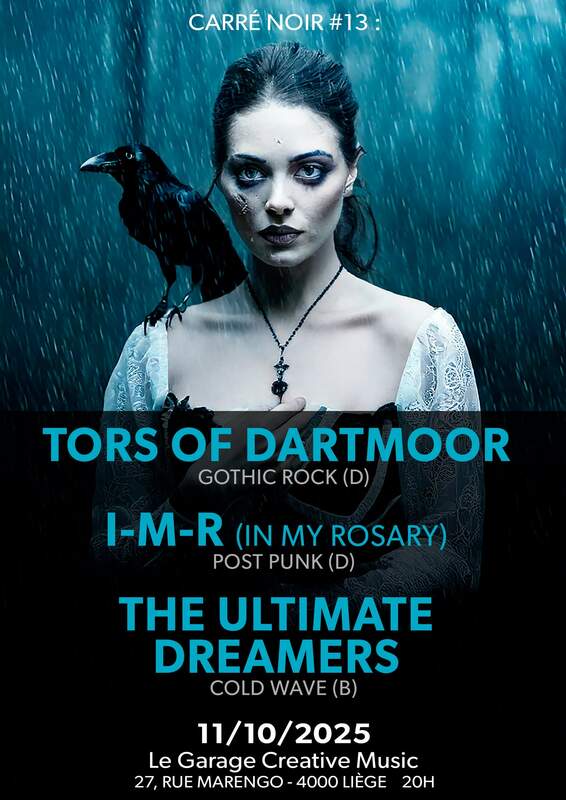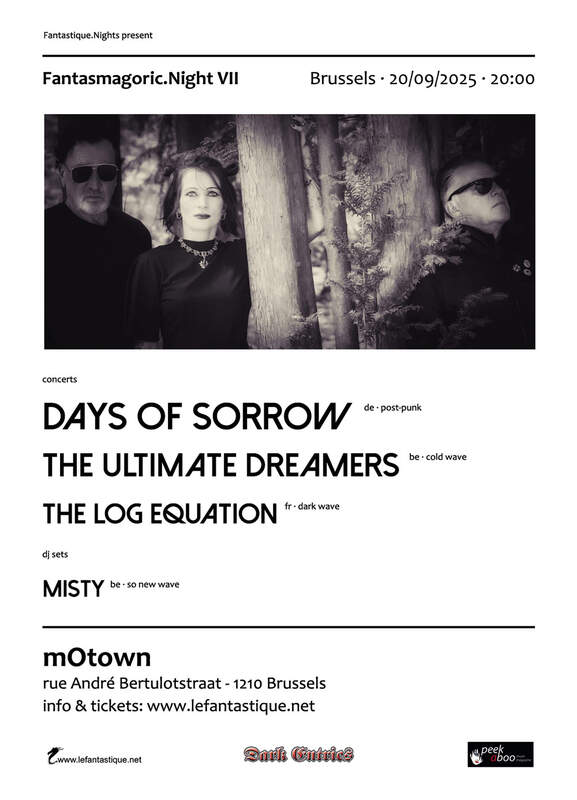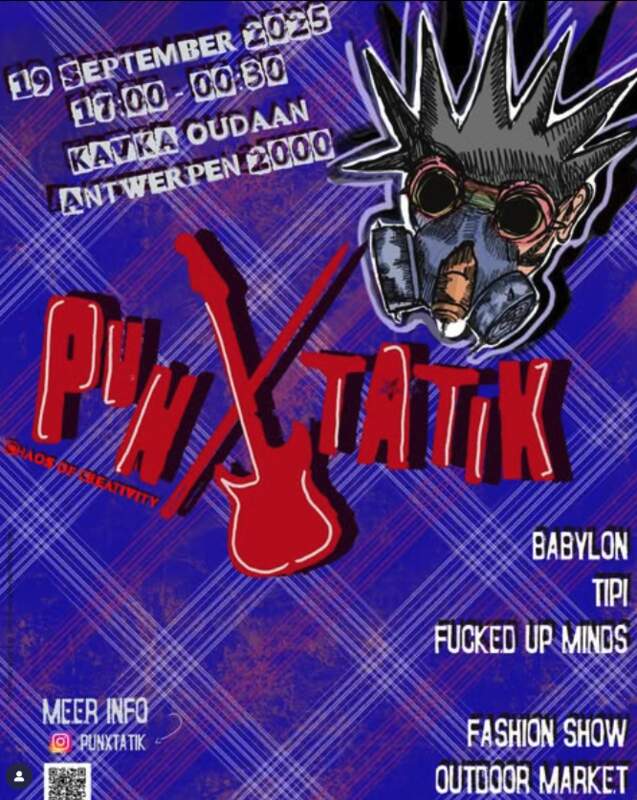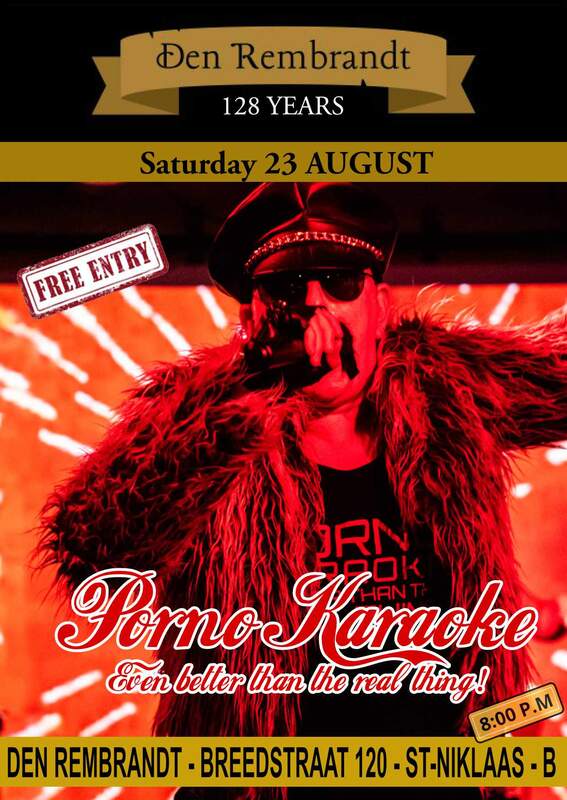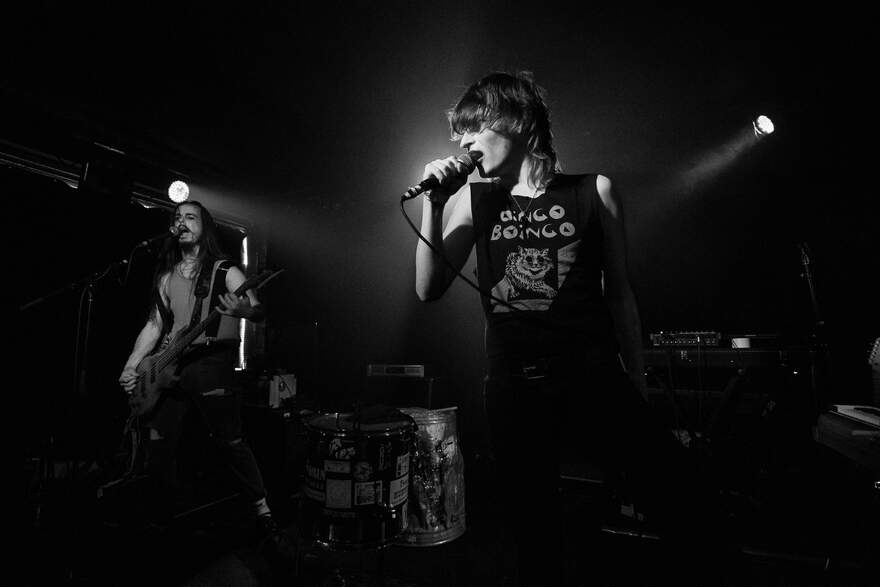
KILLER COUTURE Drops The Aggressive & Introspective Album, Everything Is Normal
Industrial band, KILLER COUTURE has unleashed their aggressive and introspective new album, Everything Is Normal.
Writing music separately throughout the pandemic, the duo of Set Draven and Elliott Petrella were finally able to begin merging their ideas, and found that they both had taken on a more hard-edged, raw approach to their compositions, It is also the most energy and raw soul they have put into any songs they’ve ever written.
Everything Is Normal’s themes largely stem from the frustrations of the political upheaval of the time as well as mental health issues being exacerbated by quarantine. The album challenges that there ever was a status quo to begin with. It also addresses the people who feel the need to try and uphold the illusion, and the psychic maelstrom of living in the true chaotic reality beneath the mask.
Everything Is Normal is the first album to feature Elliott’s guitar-playing and songwriting skills. It's also the band's first album working with the talented post-punk and metal producer/musician, Pat Hills of Sacramento’s EarthTone Studios. Through Pat, KILLER COUTURE came into contact with the Bay Area’s independent label, Transylvanian Recordings, who were eager to take a chance on what they heard in the band.
Everything Is Normal will be available on all major digital platforms including Bandcamp and Spotify on October 31st. A limited-edition cassette is forthcoming via Transylvanian Recordings.
Darkwave band, REVISER has just announced the release of their new single, “Darksiders”.
"Darksiders" is an energizing anthem for those of us who appreciate and live by the values of being “outsiders”. It's a song for empowering those who don't abide by the expectations of traditional norms. It's a soundtrack to this moment in history, in time and space, encouraging us to be the "outsiders who guide the way" with our independent, creative, and full hearts. Be an example. This moment needs you."
“Darksiders” lives precisely where you’d expect REVISER to place it : part goth-rock guitars, part dark wave synths and beats, all atmosphere and groove. "Darksiders" is released at a special moment, as this month's super-full moon lights up the sky.
“Darksiders” is available on all major digital outlets including Bandcamp and Spotify. Produced by REVISER and Paul Malinowski of SHINER.
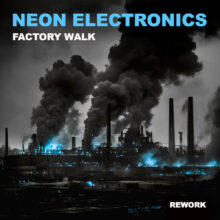
NEON ELECTRONICS release, rework (2024) The Neon Judgement´s “Factory Walk”
45 > 15 > 10 !
NEON ELECTRONICS release, rework (2024) The Neon Judgement´s “Factory Walk” adding a splendid Radical G “Dystopian rework” to the release happening!
In 2025 it has been 45 years ago that The Neon Judgement released their first vinyl 7” single “Factory Walk” on Antler Records. In 2025 it will be 15 years that Glenn Keteleer (aka Radical G) joined up with Dirk Da Davo in the NEON ELECTRONICS project, later on assisted by Pieter-Jan Theunis on bass guitar. In 2025 it will be 10 years ago that The Neon Judgement played their final concert in “Ancienne Belgique” (Brussels, Belgium), with a.o. Glenn Keteleer as a musical guest on stage, a memorable evening!
FACTORY WALK (REWORK 2024)
NEON ELECTRONICS
1. FACTORY WALK (Rework 2024)
2. FACTORY WALK (Dystopian rework by RADICAL G)
Produced by Glenn Keteleer
Orginal version by The Neon Judgement
(Vloeberghs F. – Timmermans D.)
NEON ELECTRONICS
Factory Walk (Dystopian rework by Radical G)
Produced by Radical G
For this opportunity Neon Electronics, Dirk and Glenn, joined forces to create a rework of “Factory Walk”, where Glenn Keteleer himself took the production for his account. And why not: to join the forces again, Glenn, under his alter ego RADICAL G, made a very darkish rework / remix as an extra: Dystopion rework !
DIGI RELEASE DATE November 25th 2024 Cat nr DDD047
Sleeve design: Jorge Schanze
Dirk Da Davo · NEON ELECTRONICS: Factory Walk (rework 2024) (TEASER)
Movement is the debut album by New Order, released on 13 November 1981 by Factory Records. The album was produced by Martin Hannett who also produced the previous Joy Division albums and releases. At the time of its release, the album was not particularly well-received by critics or audiences, only peaking at number 30 on the UK Albums Chart. However, retrospective critical reception has been very positive.
After the suicide of Joy Division's singer Ian Curtis in May 1980, and the subsequent shock for those surrounding him, remaining members Bernard Sumner, Peter Hook and Stephen Morris elected to carry on, albeit under a new name – New Order. With the exception of two songs, "Ceremony" (first played live at Joy Division's very last gig, a bit more than two weeks before Curtis's death) and "In a Lonely Place" (unreleased, but demoed in the studio), all the material played would be new.
A couple of songs on Movement stem from the initial songwriting session the band undertook in the summer of 1980.
Bernard Sumner took the main vocalist role with Peter Hook as back-up though the latter sang lead on "Dreams Never End" and "Doubts Even Here”.
Musically the album situated in between Joy Division's post-punk sound and the synth-pop style that would happen to define New Order and influence pop music for decades".[10]
In 2008 and 2015 the album was remastered and released in different formats (Digital/CD/12”).
References to Ian Curtis appear on the songs "ICB" (rumored to be an acronym for 'Ian Curtis Buried', but confirmed by Peter Hook in a 2013 interview) and "The Him".
The album cover was designed by Peter Saville and is based on a poster by the Italian Futurist Fortunato Depero.
The shape created by the top three lines is an 'F' (lying on its back), which refers to Factory Records/Factory Communications Limited and the bottom two lines create an 'L' (lying on its front), the Roman numeral 50, the original catalogue was FACT 50.
Movement - Tracklist
| Dreams Never End | 3:13 |
| Truth | 4:37 |
| Senses | 4:45 |
| Chosen Time | 4:07 |
| ICB | 4:33 |
| The Him | 5:29 |
| Doubts Even Here | 4:16 |
| Denial | 4:20 |
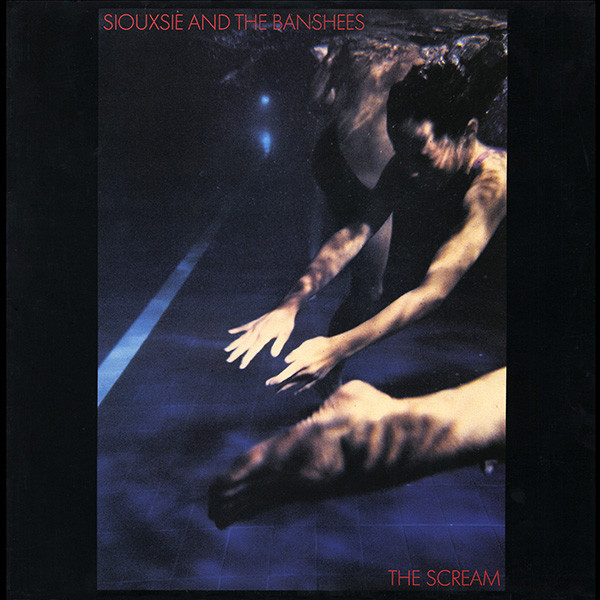
Today, 46 years ago, Siouxsie & The Banshees released their debut album Scream!
The Scream is the debut album by Siouxsie and the Banshees. It was an almost instant commercial success, peaking at No. 12 on the UK Albums Chart and was recorded in only one week and mixed in three during August 1978. The album was released on 13 November 1978 by Polydor. Before the album's release, the band had developed a strong reputation as a live act, and had achieved a Top 10 UK single with "Hong Kong Garden”, a track which did not appear on the original album, but was added not much later to most others issues of Scream.
Upon release, The Scream was widely acclaimed by critics. It was also a commercial success, peaking at No. 12 in the UK Albums Chart. The album is regarded as a landmark of post-punk.
Late 1977 and early 1978, Siouxsie and the Banshees received major press coverage but failed to secure a recording deal. A fan undertook a graffiti campaign in London, spraying the walls of the major record companies with the words "Sign the Banshees: do it now".[2] Polydor finally signed them in June.
J. G. Ballard and William Burroughs provided the reference points for the lyrics of The Scream.
Since its release, The Scream has received a number of accolades from the music press. NME rated it at No. 57 in their "Writers All Time 100 Albums" list in 1985. Uncut magazine placed it at No. 43 in their list of the 100 greatest debut albums. It was featured in the book 1001 Albums You Must Hear Before You Die.
The Scream placed the group among the pioneers of post-punk, as Robert Smith of the Cure said:
"When The Scream came out, I remember it was much slower than everybody thought. It was like the forerunner of the Joy Division sound. It was just big-sounding."
Joy Division's Peter Hook, who saw the band in concert in Manchester in 1977, said about The Scream: "Siouxsie And The Banshees were one of our big influences, The Banshees first LP was one of my favourite ever records, the way the guitarist and the drummer played was a really unusual way of playing."
The Scream had a strong impact on other musicians. Massive Attack covered and sampled "Metal Postcard (Mittageisen)" on their song "Superpredators (Metal Postcard)" in 1997.
Scream (1978 LP) - Tracklist
| A1 | Pure | 1:50 |
| A2 | Jigsaw Feeling | 4:38 |
| A3 | Overground | 3:48 |
| A4 | Carcass | 3:50 |
| A5 | Helter Skelter | 3:48 |
| B1 | Mirage | 2:46 |
| B2 | Metal Postcard (Mittageisen) | 4:16 |
| B3 | Nicotine Stain | 2:56 |
| B4 | Suburban Relapse | 4:10 |
| B5 | Switch | 6:50 |


